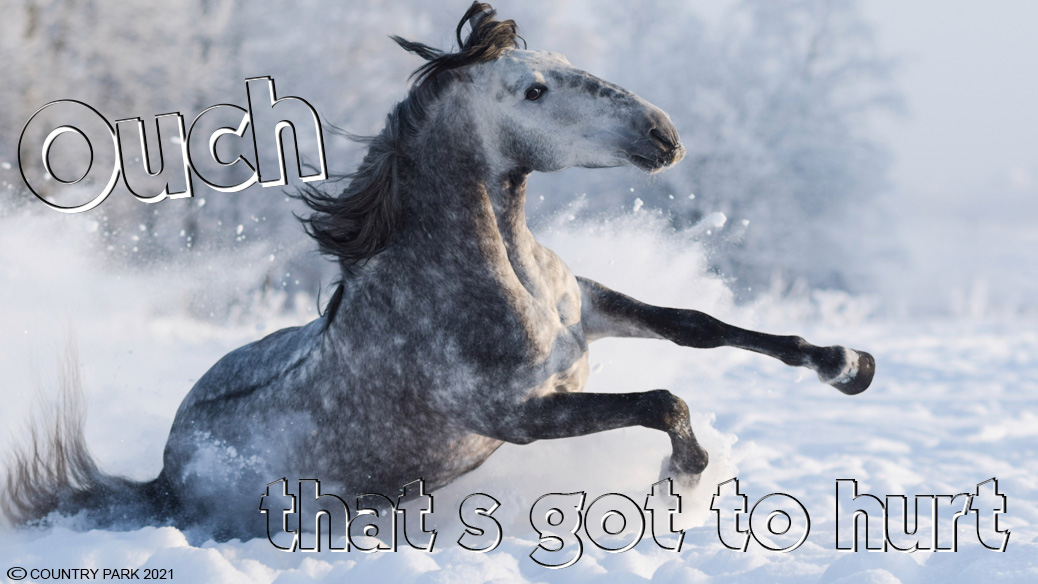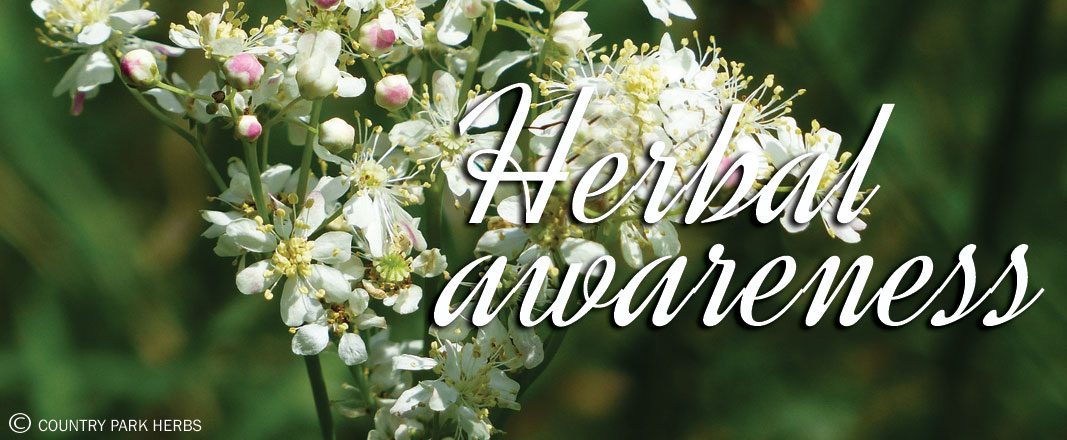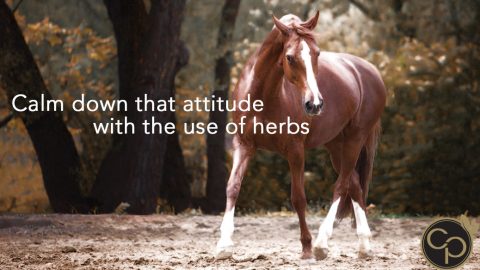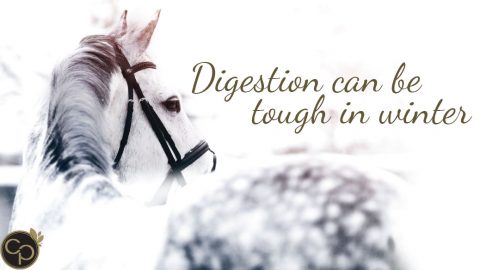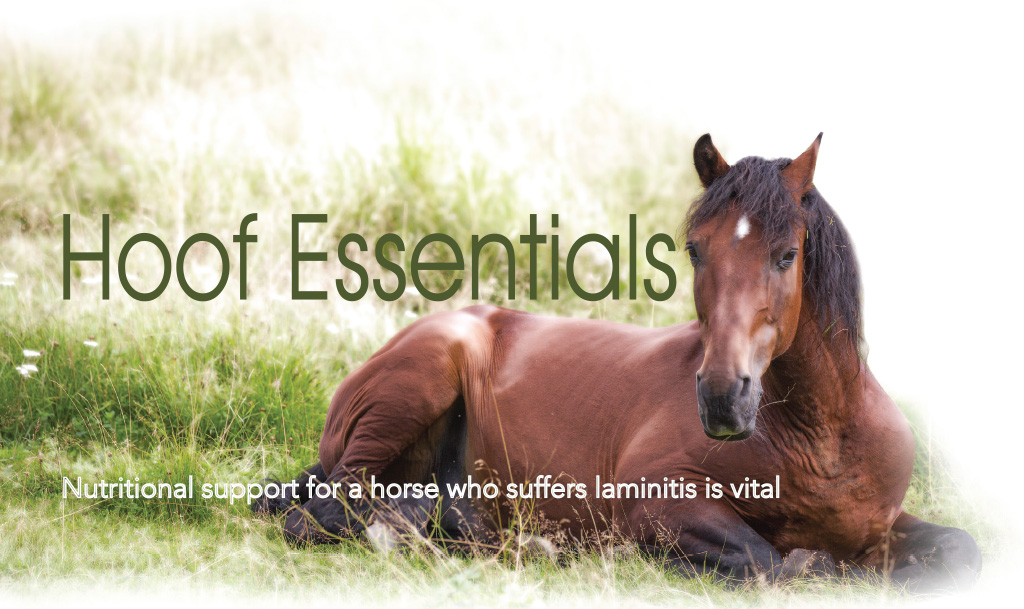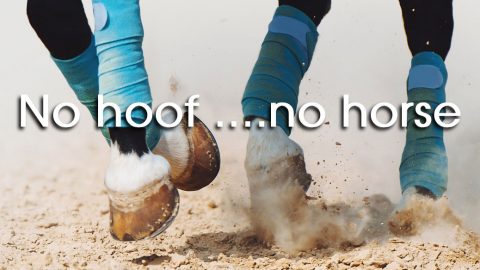Defining Inflammation: normal pathological process provoked by actual, or threat of imminent physical, chemical or biological injury; mediated by a series of cellular and biochemical reactions in affected blood vessels and adjacent tissues; characterised by five classic signs – calor (heat), rubor (redness), tumor (swelling), dolor (pain) and functio laesa (loss of function), all/some of which are noted in inflamed tissue.
This is just one definition of inflammation. The extent of the swelling is usually an indication of the severity of the infection or injury and the cause needs to be established before giving herbs. In many cases this may be due to a blow or strain and the inflammatory process becomes apparent immediately. In others it may be a gradual process caused through infection or a disease process.
Once the cause has been established it may be appropriate to consider feeding anti-inflammatory herbs together with others to help repair and healing. Some herbs will act as analgesics (pain relievers) and may not be appropriate in all cases since they may encourage a horse to over use a damaged limb.
Reducing pain in itself may not be the correct path to restoring good health and an overview by your veterinarian helps with deciding on which herbs to use.
Many clients fear using bute. Wise use under veterinary supervision where needed, can then be followed up with herbs which will then help the horse to a healthy stage of wellbeing. These days, most veterinarians are open to the use of herbs once the critical levels of pain and inflammation have been addressed.

Devil’s Claw
This herb is often used as a substitute for bute. The main caution with devils claw is not to give it with pharmaceutical analgesic as it can be antagonistic to drugs like bute, exaggerating the negative irritating properties of its own and that of bute. It is analgesic in its own actions and may not be the best choice if a weight bearing limb needs monitoring. My advice to clients if their vet recommends bute, is to use it in the first instance and if the inflammatory process is chronic (persisting for a long time or constantly recurring )work with the vet to transition to devils claw and then if needed follow on with a supportive combination of other herbs long term. Avoid devils claw with gastric ulcers to avoid irritating the gut. Short-term use of devils claw is best when dealing with the pain of laminitis or injury.
White Willow Bark
White willow bark is gentler on the gut when it comes to managing post inflammatory pain. It is useful for arthritic, musculoskeletal pain and urinary tract pain. If a horse is not suited to the use of devils claw, combining white willow bark with hawthorn berry can increase the analgesic action. It is also useful combined with marshmallow root for diarrhoea due to infection.
The main caution with white willow bark is not to use with lactating mares, as salicylates (a group of chemicals derived from salicylic acid) are excreted in the mare’s milk and hypersensitivity may occur. It is also another pain herb to avoid with inflamed or ulcerated gastrointestinal tracts.
Nettles & Rosehips
These two herbs are not always noted as anti-inflammatory but included in addressing conditions, for example arthritis. Their high vitamin C content helps the body’s natural defences and are good tonic herbs helping to strengthen your horse when recovering from infection or managing chronic inflammatory conditions.
Other herbs will help address inflammation and then support the recovery. When addressing inflammation, consider why the horse needs an anti-inflammatory herb and support this reason. For example, if the inflammation in the gut was triggered by stress, include a calming herb; if the inflammation is from the joints, add a nutritive herb to help support the health of the bones and connective tissue; if the inflammatory process is identified as part of the ageing process, support the older horse with circulatory and nutritive herbs.
Don’t just suppress the inflammation, support the body with the process and then strengthen the body, be it in recovery from an injury or ongoing elimination of toxins from a chronic inflammatory process.
Because of the active constituents in most of these herbs, they would be identified as prohibited substances in competition. Check your competition rules if competing at a level where you could be tested and penalised.
Meadowsweet
The tannin and mucilage content of this herb helps to protect the stomach lining. Caution is still required with severe gut ulceration, but generally meadowsweet is kinder to the gut than above mentioned ‘pain’ herbs. During the change of season respiratory tract infections, meadowsweet helps to manage fevers and also diarrhoea from the change of grass. It can be combined with marshmallow root for horses with mild ulcers or gut sensitivity. For musculoskeletal conditions it combines well with celery seed and ginger. Do not use with pregnancy or lactation without advice.
Frankincense
Traditional use from Ayurveda philosophies include diseases relating to the lungs (pulmonary). Frankincense can be useful with inflammation of the airways in the early stages of Chronic Obstructive Pulmonary Disease (COPD) or recovering from an irritating cough. Long term it can also be effective with managing arthritic pain. Frankincense combines well with both turmeric and ginger for both these types of conditions, depending on the weather, turmeric is less warming than ginger, so if addressing issues in summer use turmeric and if in winter or a cold snap has brought on the issue, add some ginger to the mix.
Turmeric
Turmeric has grown in popularity as an anti-inflammatory. It combines well with most herbs and can be used for arthritic pain and is useful with various gut discomfort issues caused by inflammation. Any long term chronic condition including allergies or systemic pain will usually benefit from turmeric in a mix of tonic herbs.
If your horse has been on bute and you are concerned there is irritation to the gut from this, turmeric is a useful herb to use in the herbal stage of managing recovery with a herb that relieves inflammation. The liver detoxifies in two processes, and if you combine turmeric with another liver herb after long term bute use, it helps the liver in the second phase of elimination to remove the toxins the first liver herb addressed, so that any residual bute in the system is not recirculated unnecessarily.
Ginger
A little of this herb goes a long way, 1 teaspoon for a full sized horse is plenty. It is warming to the system so good for old, stale conditions where your horse gets stiff and slow in winter, it will improve the peripheral circulation (veins and arteries not in the chest or abdomen i.e. those in the legs/hooves etc.) in older horses.
It is a wonderful digestive herb used in colic caused from gas, it can warm old joints if the stable is drafty and help digestion when the drinking water is cold. It soothes cold and flu symptoms helping to relieve congestion from the lungs.
In summer ginger can be too warming so keep this herb aside for getting through the cooler weather.
Disclaimer: The information provided in this article is for educational purposes only and is not meant to replace veterinary advice or treatment.
Copyright: Catherine Bird, who is also the author of A Healthy Horse the Natural Way, has been an equine natural therapist for 25 years working closely with Country Park Animal Herbs for over 19 years offering advice to their clients.

